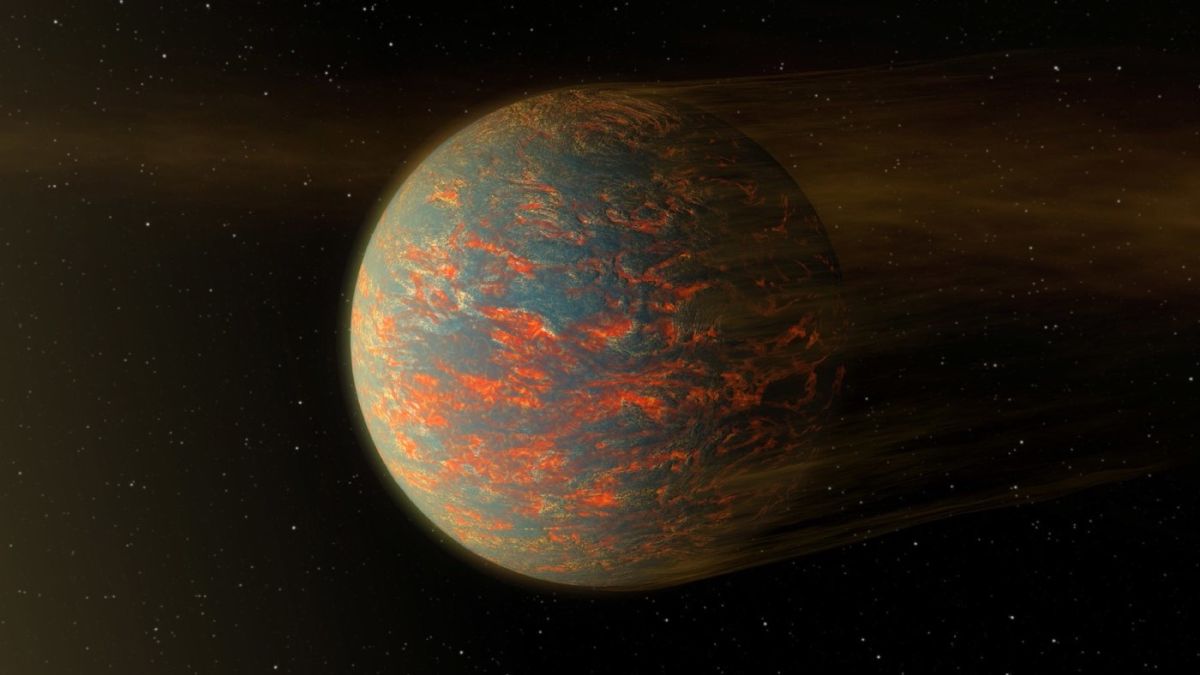The Moon and Saturn come to opposition this week, showing us their full sunlit faces. Jupiter looms big late in the night, Vega attains the zenith, and we cross the midpoint of summer. The Perseid meteors get partly mooned out. The post This Week's Sky at a Glance, August 5 – 13 appeared first on Sky & Telescope.
Read MoreMonth: August 2022
Exposed! International Space Station Tests Organisms, Materials in Space
Space may look empty, but exposure brings extreme temperatures, high levels of background radiation, micrometeoroids and the unfiltered glare of the Sun.
Read MoreIce Stars
Like distant galaxies amid clouds of interstellar dust, chunks of sea ice drift through graceful swirls of grease ice in the frigid waters of Foxe Basin near Baffin Island in the Canadian Arctic.
Read MoreTerraforming Mars board game review
Essential info: Price: $47.49/£47.99 Type: Strategy Players: 1-5 Recommended age: 12+ Time per game: 3 hours+ Complexity: 8/10 Terraforming Mars is widely beloved by the board game community, partly because of its extraterrestrial theme but also because of its brilliant mix of gameplay elements. You play as a money-driven corporation, desperate to cash in on the terraforming project being completed on Mars. Collectively, players try to make the planet habitable by increasing the temperature, oxygen levels, and ocean coverage. Once each of these parameters hits its final target, the game…
Read MoreAtlas V rocket launches missile-detecting satellite for U.S. Space Force
The United States’ missile-tracking capabilities are about to get a boost. United Launch Alliance (ULA) launched the sixth Space Based Infrared System Geosynchronous Earth Orbit (SBIRS GEO-6) satellite this morning (Aug. 4), completing the SBIRS GEO constellation for the U.S. Space Force‘s Space Systems Command (SSC). An Atlas V rocket carrying the missile-detection satellite lifted off at 6:29 a.m. EDT (1029 GMT) today from Florida’s Cape Canaveral Space Force Station. The rocket’s two stages separated a little over four minutes into flight, setting up the Centaur upper stage with SBIRS…
Read MoreJust how big can a super-Earth get while staying ‘habitable’?
Of the thousands of exoplanets discovered so far, the most common are “super-Earths” — worlds bigger than Earth but smaller than Neptune. Some of these planets even lie within the habitable zones of their parent stars, meaning the conditions there might be right to host liquid water on their surfaces. But could these giant, rocky exoplanets actually sustain the conditions for life? Or is life limited to smaller planets like our own? Ultimately, only future observations will give us a conclusive answer. But in the meantime, the question gives us…
Read MoreWildflowers in Bloom at Kennedy Space Center
With wildflowers surrounding the view, NASA’s Space Launch System Moon rocket – carried atop the crawler-transporter 2 – arrives at Launch Pad 39B at the agency’s Kennedy Space Center in Florida on June 6, 2022.
Read MoreHubble’s Future in the Webb Era
Even though it’s far past its warranty, Hubble is still proving its worth in this new era that includes the James Webb Space Telescope. The post Hubble's Future in the Webb Era appeared first on Sky & Telescope.
Read MoreBest binoculars 2022: Top picks for stargazing, wildlife and more
While telescopes are often considered the astronomer’s best friend, a pair of the best binoculars you can buy are a tough competitor. For many, they’re also a cost-effective alternative. You’ll be able to scope out the best binoculars available for stargazing in this handy guide. The more popular models of binoculars for stargazing offer 8x, 10x and 12x magnifications, but larger models can go as high as 20x and 25x. It’s important to remember that higher magnifications don’t always mean better views. As brightness drops off with higher magnification, you…
Read MoreCelestron Cometron 7×50 binoculars review
As a first binocular for young astronomers, the Celestron Cometron 7×50 binoculars excel. As a grab ‘n’ go, “don’t really care if they get trashed,” second set of binoculars for adults, the Cometrons are without equal. Cometron 7×50 Key Specs: Magnification: 7xObjective lens diameter: 50mmAngular field of view: 6.8 degreesEye relief: 13mmWeight: 1 lb, 11 oz The Cometron 7×50 and its big sister, the 12x70s, appeared in July 2013, 10 months after the discovery of Comet ISON, which was predicted to graze the sun on Nov. 28, 2013. Had ISON survived its close-up with…
Read More